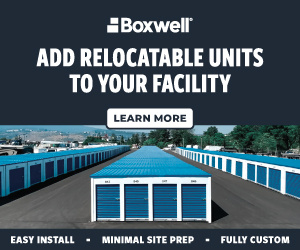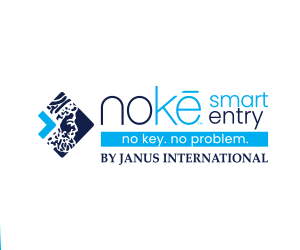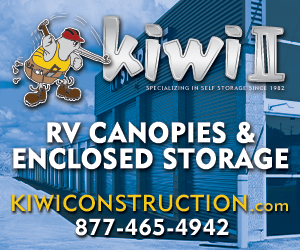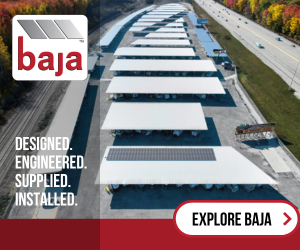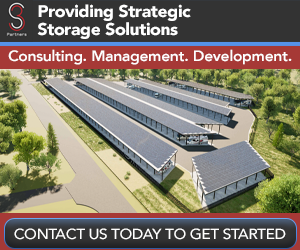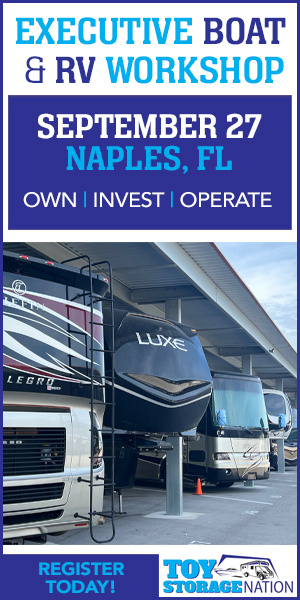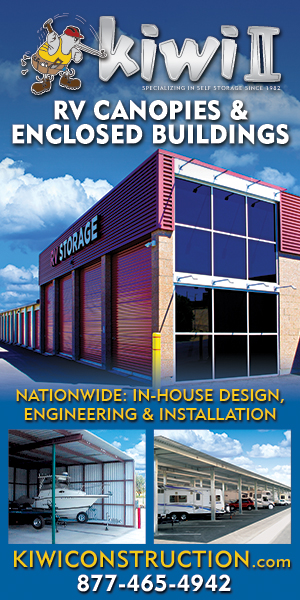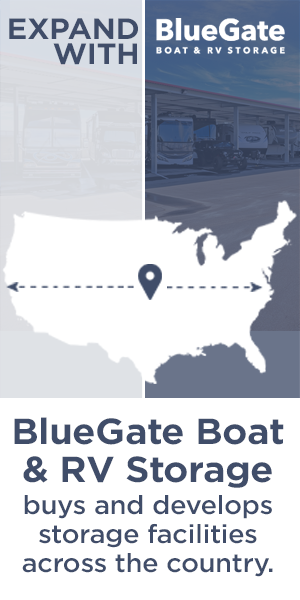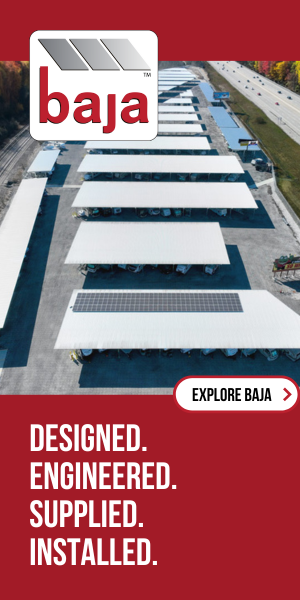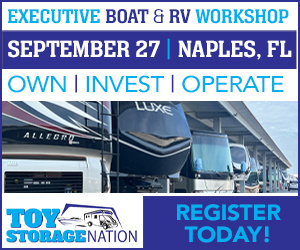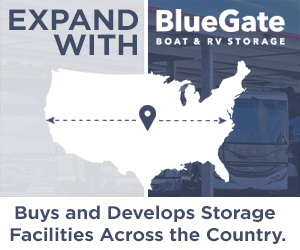The journey to purchasing a self-storage facility is complex, filled with potential pitfalls and lucrative opportunities. Through years of industry observation and firsthand experiences, it’s clear that successful self-storage investments share certain fundamental characteristics. As we venture into 2024, understanding these traits is more crucial than ever, especially in a landscape where outdated advice persists.
The advice here is distilled from extensive, real-world experience rather than theoretical knowledge, offering insights into the nuanced world of self-storage investment.
Essential Market Conditions for Success
- Population Density: The old notion that a self-storage facility can thrive in isolation is a myth. Success in self-storage is directly tied to demand, which in turn is driven by population. A thriving facility requires a substantial local population—ideally, 50,000 or more within a 3-mile radius—to sustain demand. (Editor’s note: RV and boat
- Visibility and Accessibility: A significant majority of self-storage tenants are impromptu customers, drawn in by the convenience of location. Facilities that benefit from high visibility and are situated along busy routes, experiencing over 25,000 vehicle movements per day, stand a better chance at attracting and retaining customers.
- Economic Demographics: The financial capacity of the local population plays a pivotal role. A median household income of around $50,000 is indicative of a community with disposable income likely to utilize storage facilities for excess possessions.
- Operational Scale: To offset fixed costs, such as staffing, a facility needs a certain scale. A minimum of 400 units is often cited as a benchmark, providing enough revenue to cover operational necessities and ensure profitability.
- Market Saturation: An oversaturated market is a significant barrier to success. Ideal markets have less than 6 square feet of storage space per person. This ratio helps ensure demand outstrips supply, allowing for healthy occupancy rates and rental prices.
- Rental Rate Benchmarks: A sign of a balanced market is a rental rate around $1 per square foot. Rates significantly below this threshold might indicate an imbalance in supply and demand, challenging profitability.
Opportunistic Buying Strategies
- Market Dislocations: Economic shifts and lending market dislocations present unique buying opportunities. The upcoming years are expected to see an increased number of distressed properties due to financial pressures. Acquiring a facility during these times can mean securing valuable assets at significantly reduced prices.
2024 Perspective: A Dynamic Investment Landscape
As we look ahead, the principles of investing in self-storage remain fundamentally sound, yet they must be adapted to the current economic landscape and real estate dynamics. Understanding the critical aspects of location, market demand, operational scale, and economic conditions is more relevant than ever.
In conclusion, acquiring a self-storage facility with potential for high returns is a nuanced process that requires a deep understanding of market conditions, demographic dynamics, and strategic purchasing opportunities. Armed with these insights, investors can position themselves ahead of the competition, capitalizing on the evolving opportunities within the self-storage sector in 2024 and beyond.
Frank Rolfe has been an active self-storage investor for around two decades, with self-storage units in many states throughout the country. His knowledge of what makes for a storage facility has led to a three-decade career in.












